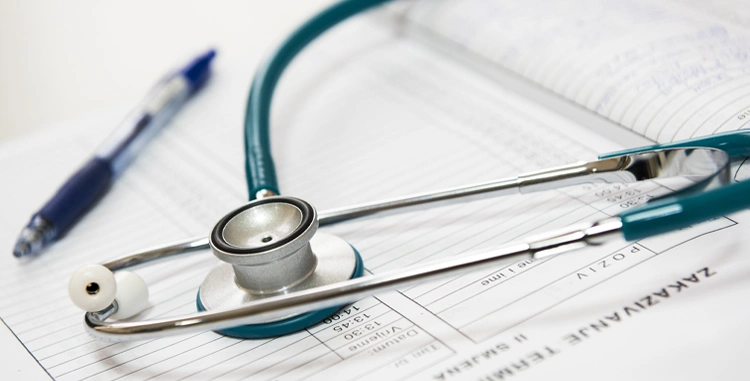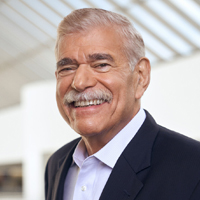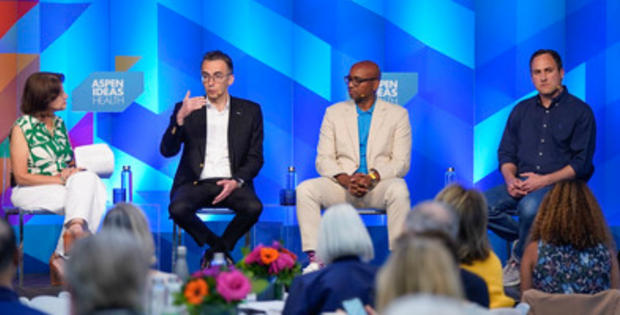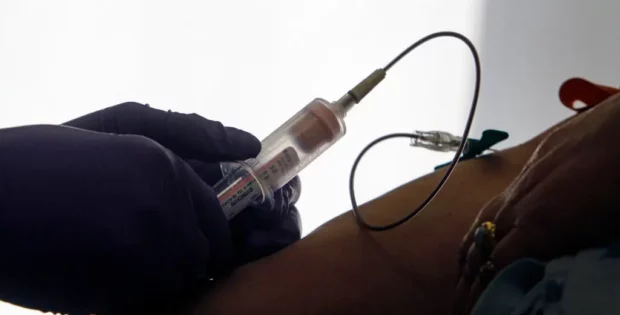Progress in Lung Cancer, Yet Barriers Remain

Lung cancer remains one of the most feared cancers, for good reason: Formerly diagnosed at a late stage with rapid progression to death, lung cancer has a legacy of pain, sadness and loss that has impacted so many families over decades.
With such a grim history, it is difficult to overcome that background and focus on the current realities about lung cancer:
- Smoking—the leading cause of lung cancer—has declined dramatically over the past several decades.
- In many instances lung cancer can be found early leading to much better outcomes and survival.
- Treatments have improved and been refined to the point that more folks with advanced disease live longer, meaningful lives with much better quality of life.
- Survival for those with a certain type of locally advanced lung cancer is much better because of newer targeted therapies.
The results of these advances and many more are now showing up in the data. The American Cancer Society recently reported:
- More people with lung cancer are being diagnosed earlier and living longer.
- Lung cancers localized to the chest are being found more frequently today than in the past, and from 2014-2018 the frequency of early diagnosis increased 4.5% every year.
- in 2004, 21% of people diagnosed with lung cancer lived three years. In 2018, that number was 31%.
Obviously, there has been progress. Also obviously, that progress is nowhere near enough.
Here is the other reality: we could do much better reducing the burden of lung cancer if we did what we already know works.
There are some positive changes that we need to recognize, such as Black men—who used to have an outsized mortality from lung cancer—took the message of smoking cessation to heart, and decreased cigarette consumption over years. Today, unlike other cancers where mortality among Black men and women is significantly higher than for whites, lung cancer mortality is the same. Not that equity in death rates is something to cheer about, but it does represent a significant improvement in avoiding premature deaths from lung cancer in the Black community, a community where inequity in outcomes remains striking.

Let’s look at the barriers to doing even better when it comes to reducing the burden of lung cancer:
- Smoking is clearly the elephant in the room (although we must also recognize that an increasing percentage of lung cancers are not related to smoking). Nonetheless, the stigma of smoking and lung cancer remains strong in the public and professional communities. We still have much work to do to move beyond the blame game and understand that cancer is the common foe and when someone is diagnosed with any cancer they deserve to be treated with compassion and respect, no matter how they got to that terrible and frightening place.
- Lung cancer screening works, saving lives not only from lung cancer but other diseases as well. Studies have shown that deaths from all causes are lower in those who get screened for lung cancer. We are not certain why that happens, but it does. Even with that knowledge, too few folks who should get screened aren’t. And in too many parts of the country, quality lung cancer screening simply isn’t available. If we screened more folks at high risk of lung cancer—especially in those parts of the country where lung cancer prevalence remains high–we could reduce deaths from the disease even more than we have already.
- We have tools to help us define the genetics of lung cancer, yet today too many patients who have lung cancer don’t have these tests done on their cancer tissue or from their blood. That means that targeted therapies—which focus on specific genes in a cancerous tumor—aren’t used, and that patients don’t get the benefit of treatments that can make a genuine difference in their survival and their quality of life.
- Lung cancer treatment is complicated and requires attention to detail to be certain that patients get the best treatment possible. In too many circumstances, treatment decisions are made on inadequate information or the fact that technologies which improve outcomes and reduce side effects from cancer treatment aren’t available in a particular location.
- Lung cancer treatment is expensive: the drugs alone can cost hundreds of thousands of dollars. Medicines are no good if people can’t afford them or get access to them. We need to figure out how to get every person diagnosed with lung cancer (and any cancer, for that matter) access to the best treatment for their disease.
- We don’t do a great job of helping people through their cancer journey. Whether that is because of location where they live, their financial resources including health insurance, or their need for transportation to their appointments, we could do much better supporting people through their cancer journey.
I could continue the list, however I suspect you get the message: lung cancer from the past is not lung cancer today. We know so much more about how to prevent, diagnose, and treat the disease than we did until even recently, however we are having difficulty making certain that everyone benefits from those advances.
Imagine what we could accomplish if we got everything right for those at risk or diagnosed with lung cancer. Imagine how many more birthdays we could celebrate. Imagine how many more holidays families could share.
My friends, that is not a dream. It is not hyperbole. It is not wishful thinking. It is a reality that could be achieved if we put our minds to making it happen.
Like so many things related to cancer, we have the way. The question remains: do we have the will? I am an optimist that tomorrow will always be a better day. For those at risk of lung cancer or those diagnosed with the disease, we have that better day within our reach right now. All we must do is make it happen.
We can do this.



